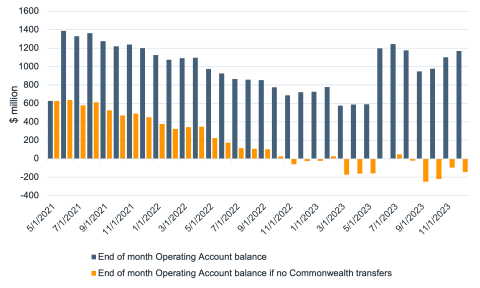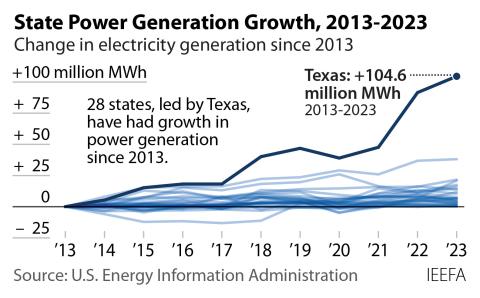By Tim Buckley
What does the growth of the solar-energy industry say about coal-fired electricity?
That it’s not as competitive a source of power as it once was, for one thing, and that it’s coming under increasing siege. As a point of reference, it’s worth looking back a few weeks at the International Energy Agency’s “Technology Roadmap: SolarVoltaic Energy,” released in September.
That report has IEA dramatically changing its former assumptions about the likely expansion of solar energy over the next 35 years. The organization said in 2010 that solar would account for 11 percent of electricity production by 2050; today it says 16 percent.
Two other numbers jump out of the IEA’s overall projection: a halving of solar and battery costs and a 400 percent increase in the rate of solar installations globally.
Additional takeaways from the report and from trends that continue to develop almost daily:
- Solar will be massively deflationary for electricity prices in the coming years.
- A huge force in this transition may be India, considering how it is thinking about following China down the road toward massive renewable-energy investment.
- China will likely triple its cumulative solar installs by 2020, and will continue to press that front, increasing those installs by 400 percent from 2020 to 2030.
The solar-technology curve is not nearly as steep as it was and economies everywhere are scaling it. What China and India are doing matters so much, of course, because they are the world’s two biggest countries, home to 2.6 billion people.
Other metrics to keep in mind:
- The world has added more solar capacity over the past four years than in the entire previous four decades, with total global capacity passing 150 gigawatts n early 2014.
- An important geographic pattern is unfolding, as deployment shifts from a few European countries to China, which is the top solar market, followed by Japan and the United States.
- Solar photovoltaic system prices have dropped by two-thirds over the past six years in most markets, and module prices have fallen by 80 percent. Solar energy in many ways is a no-brainer.
That IEA report, all of two months old now, deserves re-reading once or twice in the months and years ahead for its succinctly stated truths, one of which is put so well in the very opening paragraph:
“Solar energy is widely available throughout the world and can contribute to reduced dependence on energy imports. As it entails no fuel price risk or constraints, it also improves security of supply. Solar power enhances energy diversity and hedges against price volatility of fossil fuels, thus stabilizing costs of electricity generation in the long term.”
Solar, to sum it up, is one of the big reasons we’re not so bullish on coal.
Tim Buckley is IEEFA’s director of energy finance studies, Australasia.













